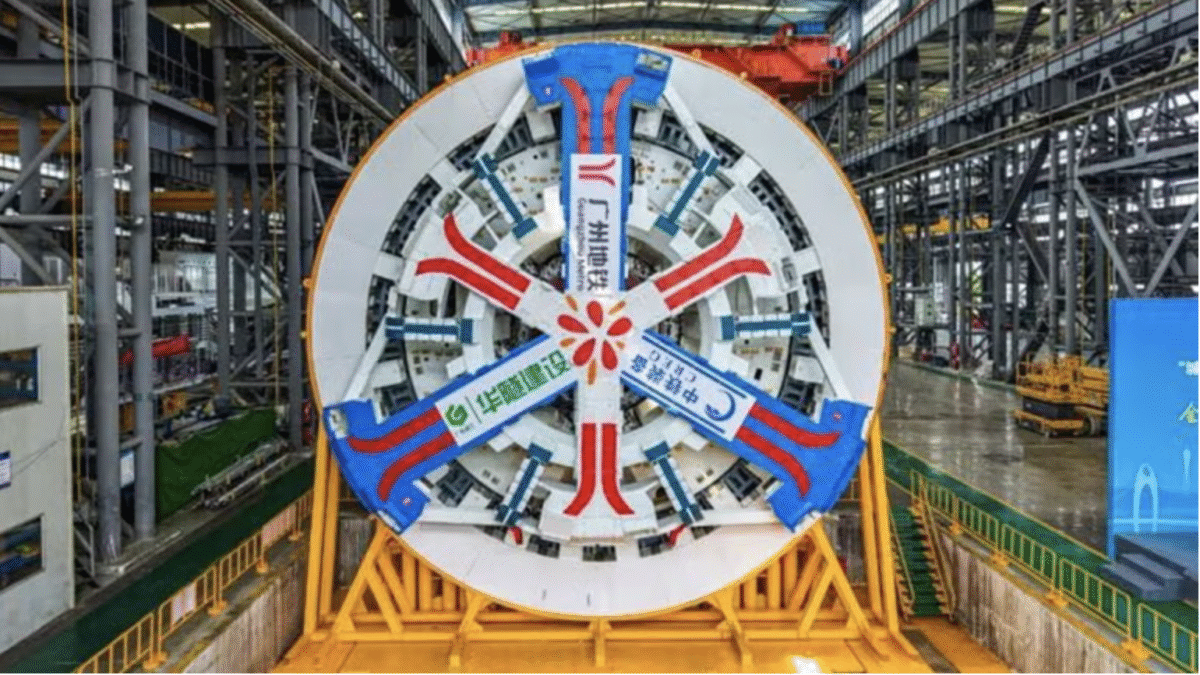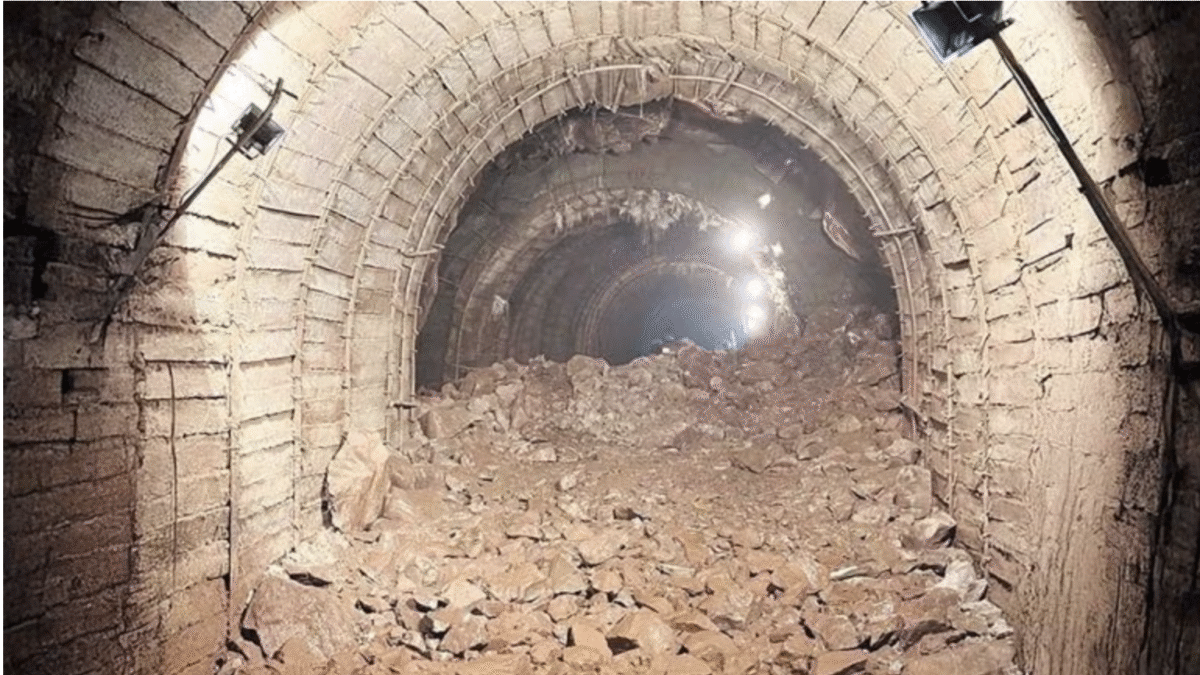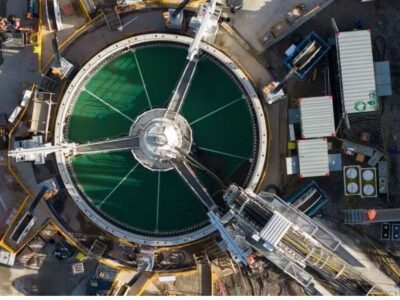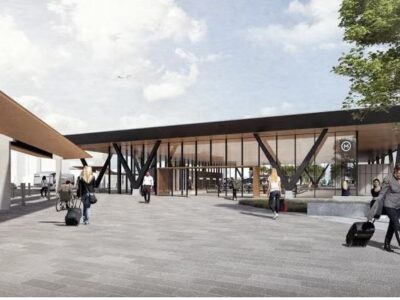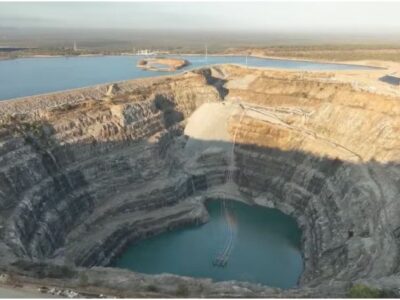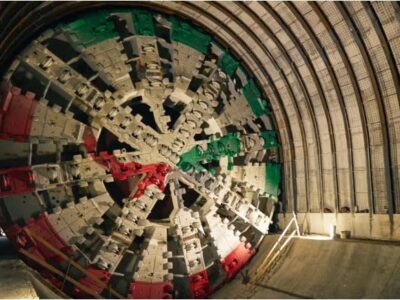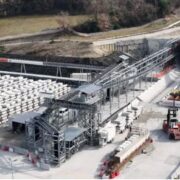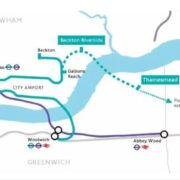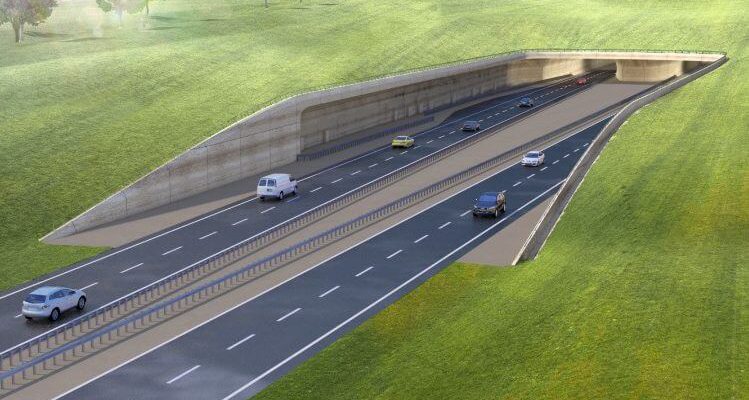
In order to apply Unesco World Heritage Centre’s concluded substantial amendments to National Highways’ A303 Stonehenge tunnel plans and upgrade this scheme, Unesco’s intended report was submitted to transport secretary Grant Shapps as part of the process for a development consent order (DCO) re-application, while National Highways’ first DCO was quashed in court last year.
Including the construction of a new two-lane dual carriageway with 12.8km length and a 3.2km tunnel, for the A303 between Amesbury and Berwick Down in Wiltshire, National Highways has predicted that the delivery of the current proposal would cost £1.7bn.
Shapps’ request from the road operator in order to present more information on alternative routes, which include a bored tunnel extension and a cut and cover tunnel extension, was done formerly as a part of the re-application. Earlier this year, National Highways excluded these from further development and more recently claimed they were not worth the cost.
Meanwhile, the adverse and irreversible impact of the construction of a dual carriageway in cuttings at either end of the tunnel on the integrity of the Stonehenge World Heritage Site (WHS) should be considered. The Unesco report also emphasizes that this would result in the removal of archaeological features and deposits by disrupting the spatial and visual links between monuments because of the overall visual impact.
The report, which contains the findings of a Unesco advisory mission undertaken in April this year, concludes that the best option would be a surface route that avoids Stonehenge entirely.
According to this report: “An alternative route, which re-routes the A303 completely around the WHS, and enables the complete closure of the existing section of the A303 within the WHS, would provide the best option for minimizing any negative impact and enhancing positive benefits to the outstanding universal value (OUV) of the property.”
It also adds: “A tunnel beneath the entire length of the WHS would provide the next best option for the OUV of the inscribed property. Insofar as such a tunnel is not feasible, then the alternative should be to extend the underground section of the scheme at least to the western boundary, with areas to be excavated subject to comprehensive archaeological investigation, salvage, and mitigation. If the scheme proceeds, the minimum change required would be an extension of the underground section of the western approach in tunnel and/or cut and cover at least to the western boundary of the WHS.”
Due to relocating the western portal as far to the west as reasonably practical, the length of the cut and cover tunnel section will be decreased and the extent of archaeological resources which must be removed will be minimized.
“This substantial amendment to the current plan would enable greater re-connection between the southern and northern sections, an improved setting for the Winterbourne Stoke Group, and reduce impacts on archaeological resources within the WHS and on its integrity,” the report says.



